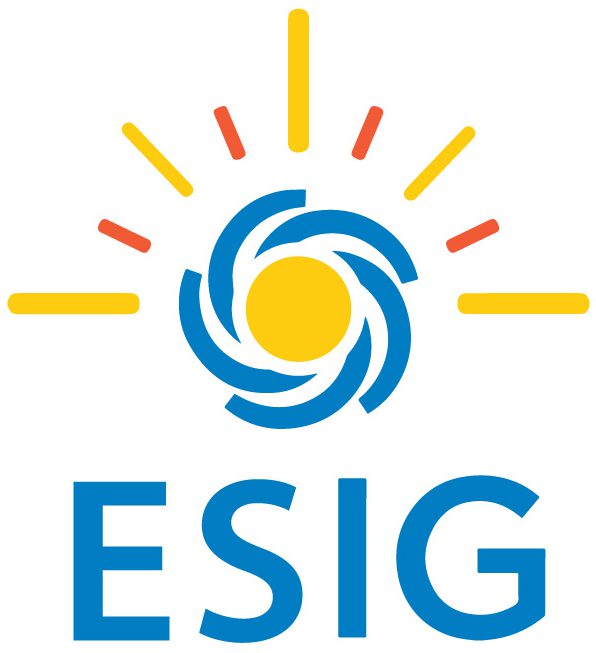New ESIG White Papers Focus on Multi-part Dynamic Rates for Flexible Loads and Temporally and Locationally Flexible EV Charging

CAPTURING THE FLEXIBILITY IN PRICE-SENSITIVE LOADS TO HELP MEET GRID NEEDS
Retail Electricity Pricing Can Be Used More Widely and Efficiently to Allow Flexible Demand to Respond to Grid Needs
Reston, Va. – The Energy Systems Integration Group (ESIG) has released two additional white papers from its task force on aligning retail pricing with grid needs, exploring ways that retail pricing may be used more widely and more efficiently to allow flexible demand to respond to grid needs. The two new papers are on multi-part dynamic rates for flexible loads and temporally and locationally flexible electric vehicle (EV) charging.
The task force brings together experts in rate design and electricity markets, transmission and distribution planning and operations, consumer advocates, and others to explore current issues, potential solutions, and practical implementation challenges involved in utilizing the flexibility in price-sensitive loads. Carl Linvill, task force chair, described how “the task force examined retail pricing from many perspectives and has produced white papers investigating barriers to more effective retail pricing—treating demand as demand rather than a supply-side resource, transportation electrification, the effective integration of pricing and programs, and retail pricing for electrification.”
The white paper by Arne Olson and colleagues, “Rate Design for the Energy Transition: Getting the Most out of Flexible Loads on a Changing Grid,” outlines multi-part dynamic rates that could better align customer responses with grid needs in order to reduce supply-side investments in utilities’ integrated resource planning. The proposed rate is composed of a dynamic hourly energy rate that is low in most hours of the year when zero/low variable cost resources are abundant and on the margin; a size-based grid access charge, coincident demand charge, or hourly allocation of long-run marginal capacity costs that encourage reducing and shifting load out of a relatively small number of hours driving new investments in generation, transmission, and distribution capacity; and (3) non-bypassable customer charges designed for equity that recover utility embedded and unavoidable fixed costs.
The paper by Jennie Chen, “Leveraging Locational and Temporal Flexibility in Transportation Electrification to Benefit Power Systems,” explores how EVs’ ability to charge where and when electricity is cheaper on the bulk power system can help lower system costs, improve renewable integration, and help to improve system reliability. Charging station siting and rates that take into account the locational and temporal values of electricity could allow drivers to react to EV charging prices, similar to how consumers react to gasoline prices today. Large EV fleets could be sited away from congested distribution grids and account for transmission bottlenecks to reduce infrastructure needs. The paper identifies key questions around the design of incentives and offers ideas for regulators and policymakers.
Debra Lew, associate director of ESIG, described how “with high levels of variable renewables and limited-duration resources, the increasing electrification of loads having inherent flexibility, and enabling control and communication technologies, the time is now to be using retail pricing to better align demand with grid needs.”
The set of five white papers (with three more to come) is intended for people across the energy industry: power systems engineering and grid operators, retail economists, consumer advocates, regulators, and others. The task force aims to advance understanding of the opportunities and challenges of using and enhancing retail pricing and programs to meet the changing grid needs of a changing energy paradigm.
ESIG is a nonprofit organization that marshals the expertise of the electricity industry’s technical community to support grid transformation and energy systems integration and operation. The white papers can be downloaded at https://www.esig.energy/aligning-retail-pricing-with-grid-needs/.


